- Category
- War in Ukraine
The Longest Battle of the 21st Century: Battle of Bakhmut
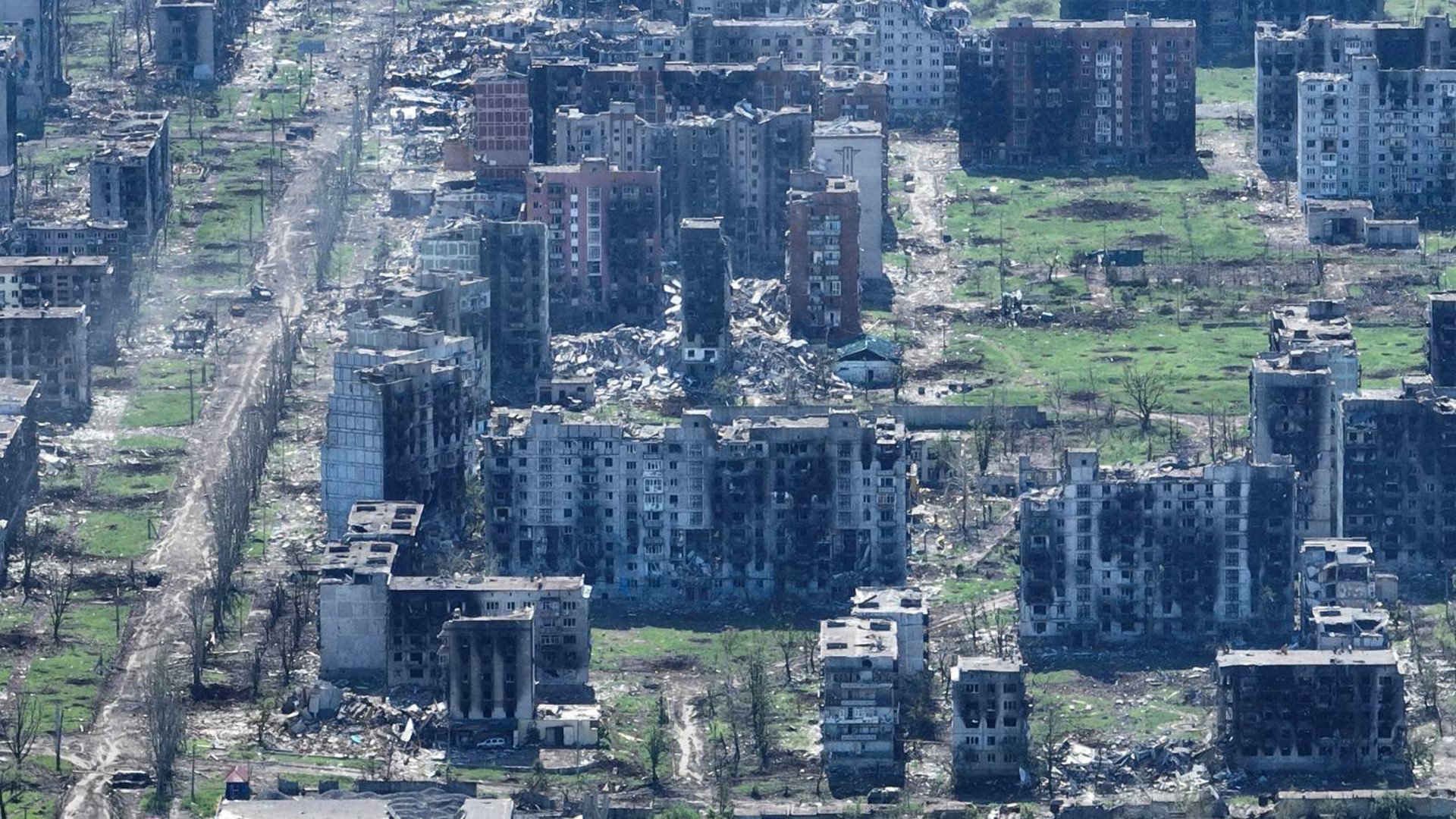
There are over 110 active armed conflicts worldwide. Russia's offensive in eastern Ukraine saw the longest and bloodiest battle of the 21st century. We look at why the Battle of Bakhmut is significant and how it became a powerful symbol of Ukraine’s resistance, leading to tens of thousands of Russian losses.
Russia’s war on Ukraine has been ongoing for almost 11 years and is one of the deadliest infantry wars of the 21st century. During the first 20 years of this century, there were wars in 54 countries, and today, there are 110 active conflicts worldwide. Russia is involved in several wars and armed conflicts globally, and almost all of the wars in Europe involve Russian occupation.
An Australia-based think tank’s Global Peace Index (GPI) report says that 2024 is the fifth consecutive year that global peacefulness has deteriorated. Europe recorded its largest year-on-year deterioration in peacefulness since the beginning of the GPI in 2008.
Conflicts have become more common than 17 years ago, and the world has become less stable, reported GPI. “Deaths from internal conflict increased by over 475% in the past 17 years. Battle deaths reached a 30-year high in 2022, with the number of active conflicts now higher than at any point since the end of World War II.”There have been more than 2,000 fatalities in Russia’s war on Ukraine almost every month for the past two years, reported GPI.
The number of conflicts that end through a peace agreement has also fallen significantly, from just under 23% in the 1970s to just over 4% in the 2010s.
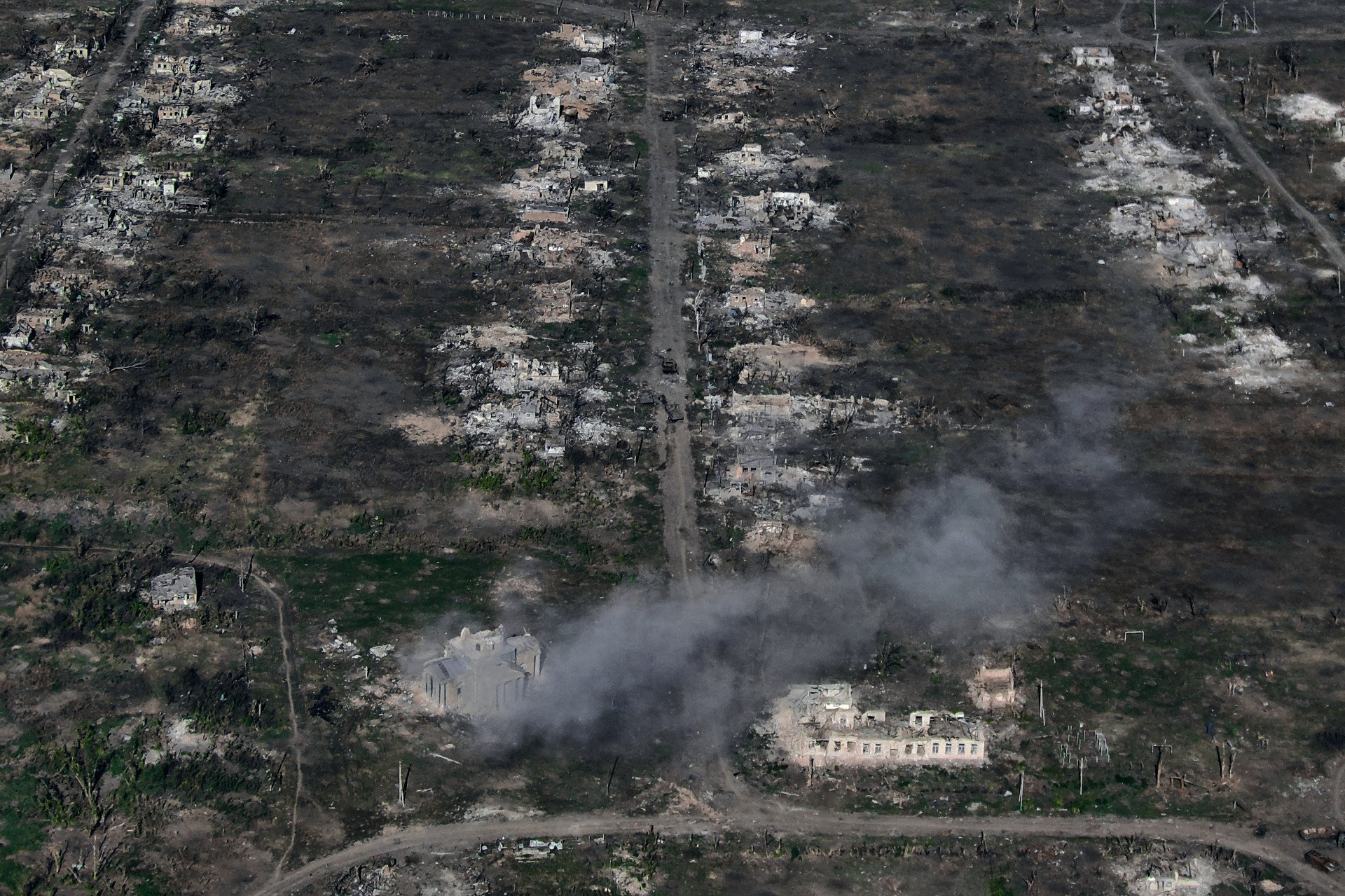
Europe has 7 active armed conflicts. The Geneva Academy counts 3 of the 7 wars being in Ukraine:
Russia’s occupation of Crimea since 2014
Russia’s 2022 full-scale invasion of Ukraine, constituted an international armed conflict (IAC)
And two non-international armed conflicts (NIACs) with the “self-proclaimed People’s Republics” of Donetsk and Luhansk in eastern Ukraine.
In Europe, Russia is also occupying Transdniestria in Moldova, as well as South Ossetia and Abkhazia Georgia, while Armenia is occupying parts of Nagorno Karabakh, Azerbaijan.
The world is raging with warfare, with Russia as one of the main instigators and aggressors. We examine the longest battle of the 21st century—a battle that will forever highlight Ukraine’s fight for peace, honorable resistance, and perseverance against what was once thought to be, the second-best army in the world.
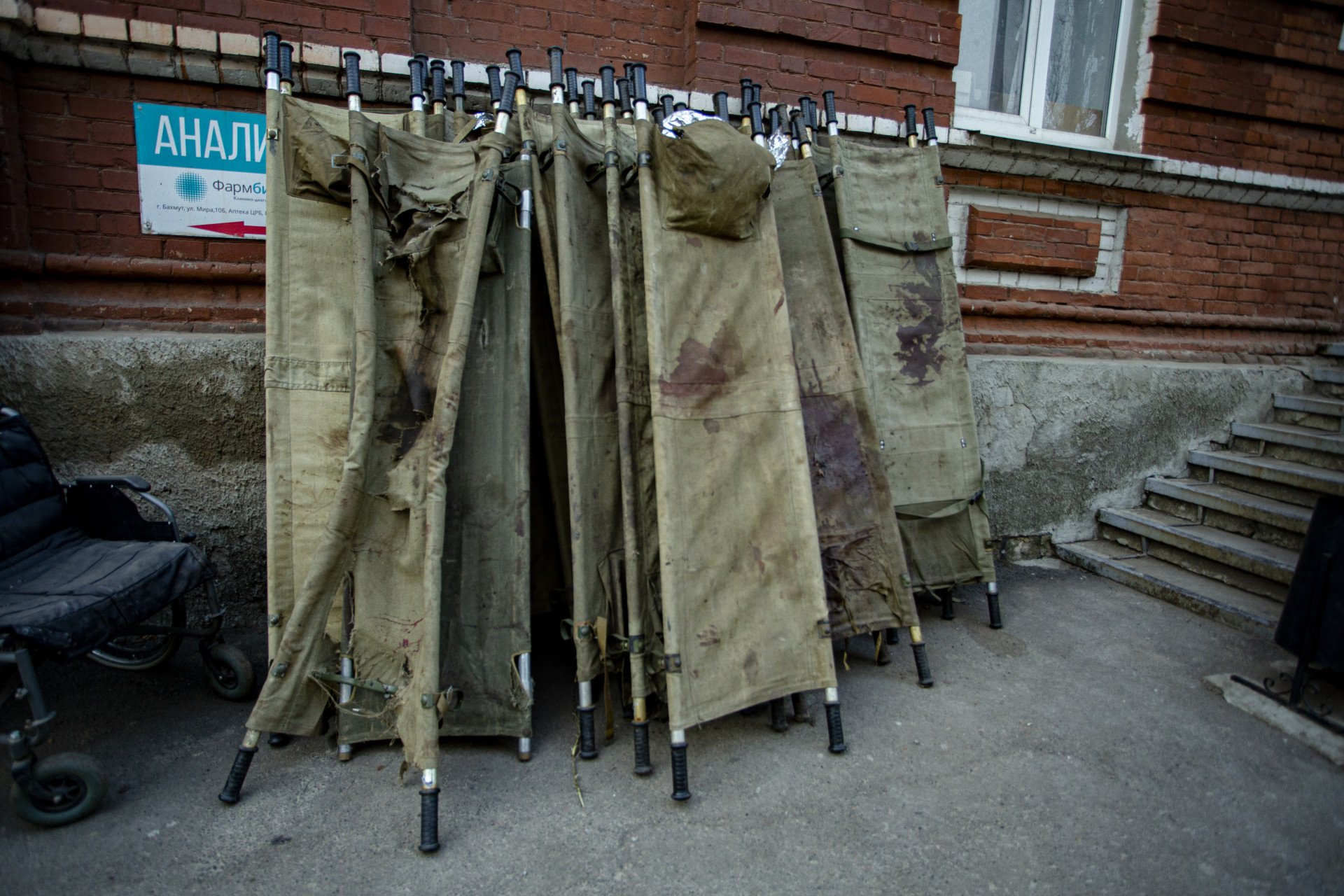
The Longest Battle in Modern Warfare
The battle of Bakhmut was the longest battle of the 21st century. Lasting almost one year, the battle for Bakhmut – often called the “meat grinder ” – has been marked as the bloodiest battle since World War 2.
Donetsk region’s Bakhmut city is around 190km from the Russian border and was home to 70,000 people before the war. At the end of the battle in May 2023, an estimated 500 residents remained.
Bakhmut has been one of the epicenters of the fighting since Russia’s 2022 full-scale invasion of Ukraine. What was once a small thriving city with extensive parks and greenery, now, lies in ruins and rubble, but Bakhmut remains a powerful symbol of Ukrainian resistance.
Songs have been made about the battle which can be heard country-wide, a powerful reminder amongst civilians of those fighting for their freedom.
Give us strength from the heaven, will, fire and rage, walls burn in battle, Mother, but I am standing, mother, but I am in the ranks, oh motherland, but I am fighting, will destroy and come back
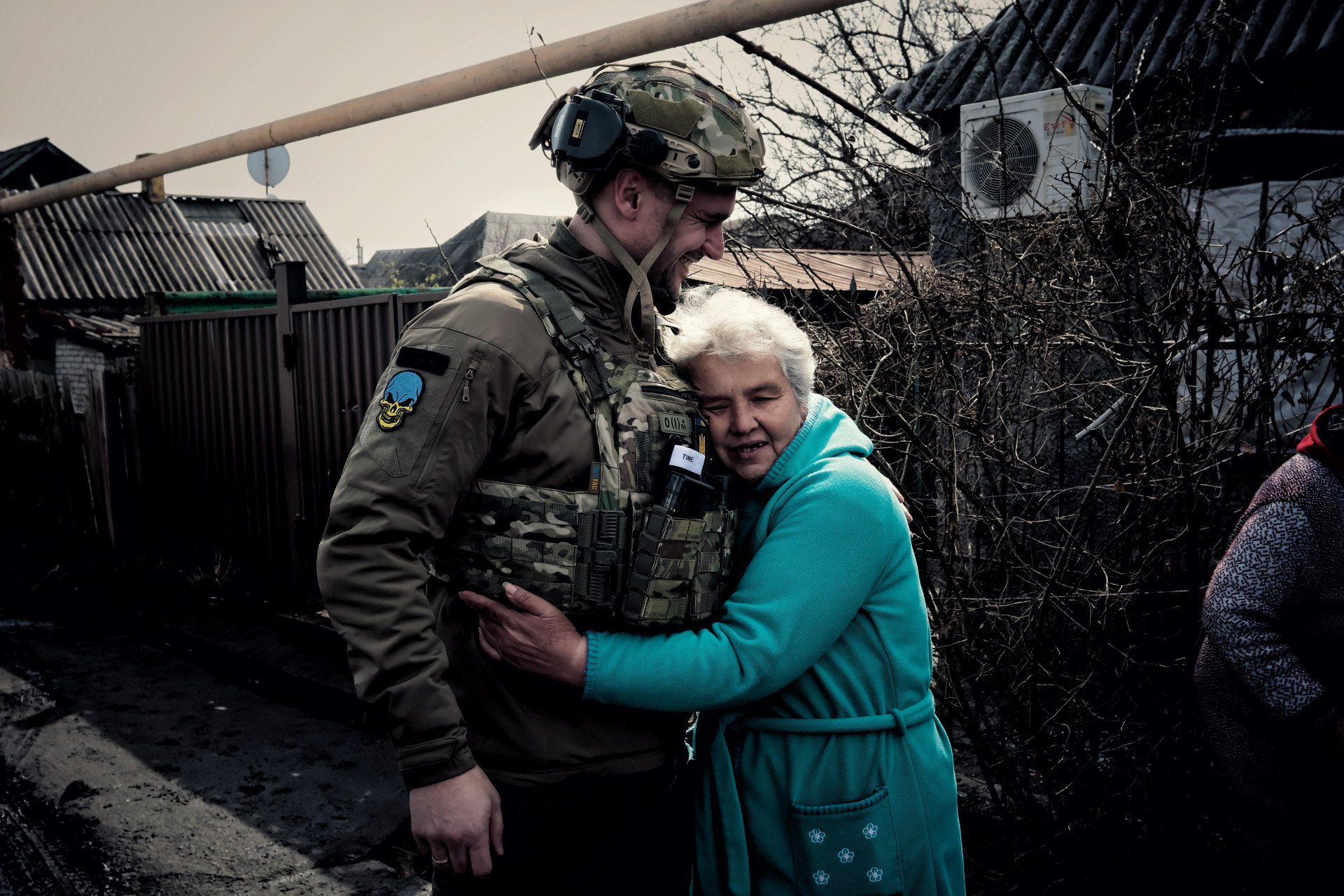
Overview of the Battle of Bakhmut
Military analysts say that Bakhmut had no clear strategic value for Russian forces. It was not a primary objective for Moscow during the early stages of the war but became a symbolic ambition that cost Russian forces close to a reported 100,000 casualties.
Following Russia’s withdrawal from Kyiv, Russian forces began to refocus on the eastern regions of Ukraine. May 2022 was when the Battle for Bakhmut began.
May 2022:
Ukraine withdrew from Popasna a town around 24 km (15 miles) east of Bakhmut, and Russian forces began advancing and attacking Bakhmut with artillery. Wagner, Chechen, and regular Russian units operated in Popasna, making occasional gains towards Bakhmut.
Russia’s main objective was a multi-directional offensive along the Bakhmut, Izyum, and Severodonetsk-Lysychansk sectors along a key route—the E40 highway—ultimately hoping to encircle Ukrainian forces in Donbas.
July - August 2022:
Wagner expanded their forces and recruited convicts who used Popasna surrounding villages to continue assaults on Bakhmut. Experts note that August 2022 was when Russian forces began seriously advancing on the city. Though the battle started in May 2022, August 2022 had been the most successful front for Russian forces since the assault on Bakhmut began.

September 2022:
Ukrainian forces liberated Izyum, the Kharkiv region, on September 10-11, 2022. This was noted as one of Russia’s worst defeats since its withdrawal from Kyiv in March 2022.
Izyum’s liberation ultimately foiled plans for Russian forces in making their multi-directional advancements. Areas surrounding the town of Lyman, north of Bakhmut, were also liberated throughout September, with Lyman itself liberated in early October 2022.
Offensive operations in Bakhmut lost any real operational significance, analysts reported.
However, Wagner mercenaries were dedicated to continuing to battle for Bakhmut and intensified their attacks on the city, without any clear goal or strategies. U.S.-based think tank Institute for the Study of War (ISW)reported that the then-Russian Wagner leader Yevgeny “Prigozhin himself likely sought to capture Bakhmut promptly to convince Putin to promote Wagner-affiliated officials within the Russian military command.”
October 2022:
Wagner-affiliated Army General Sergei Surovikin was appointed commander of the Russian offensive, and then “Operation Meat Grinder” really began. Wagner began sending a huge percentage of their 40,000 prisoner recruits in “deadly wave attacks”.
Putin received significant backlash for declaring partial mobilization in September. Therefore, the Kremlin needed any frontline battle victory to motivate public support.
The ISW reported that “55 percent of the total reported Wagner fatalities in October occurred on October 24 and October 27—when Ukrainian forces resisted Wagner assaults on the eastern outskirts of the city.”

December 2022:
Wagner made fewer operational gains. Kyrylo Budanov, Ukraine’s Military Intelligence (HUR) Chief reported that Russian forces decreased their use of artillery shells from 60,000 per day to 19,000-20,000, likely to prepare for their winter offensive, but Wagner relied on this artillery.
Ukrainian forces were able to push back Russian forces from some outskirts of Bakhmut.
According to a Russian opposition media outlet, Wagner fatalities increased by an additional 2.5 times in December, and U.S. officials reported that at least 1,000 Wagner mercenaries were killed in action.
January 2023:
"To preserve the lives of service personnel, the Defense Forces withdrew from Soledar," military spokesman Serhiy Cherevatyi said. Russia introduced more of its regular forces to the Bakhmut front.
1/ An analysis of social media messages by relatives of Wagner Group members fighting in Bakhmut shows that January 2023 was likely the deadliest month for the mercenary organisation. At least 502 are confirmed to have died, though the real figure is likely many times more. ⬇️ pic.twitter.com/VS42G0IqYA
— ChrisO_wiki (@ChrisO_wiki) May 22, 2023
February 2023:
"Nobody will give away Bakhmut,” Ukrainian President Volodymyr Zelenskyy said. “We will fight for as long as we can. We consider Bakhmut our fortress."
Wagner began to commit its elite units to sustain the advance.A total of 43 buses full of well-dressed and high-spirited Wagner mercenaries were seen moving from Crimea to an unspecified location via Melitopol, the Zaporizhzhia region.ISW reported that they likely arrived in Bakhmut as Wagner began using its combat-ready assault units to attack the northern parts of Bakhmut City.
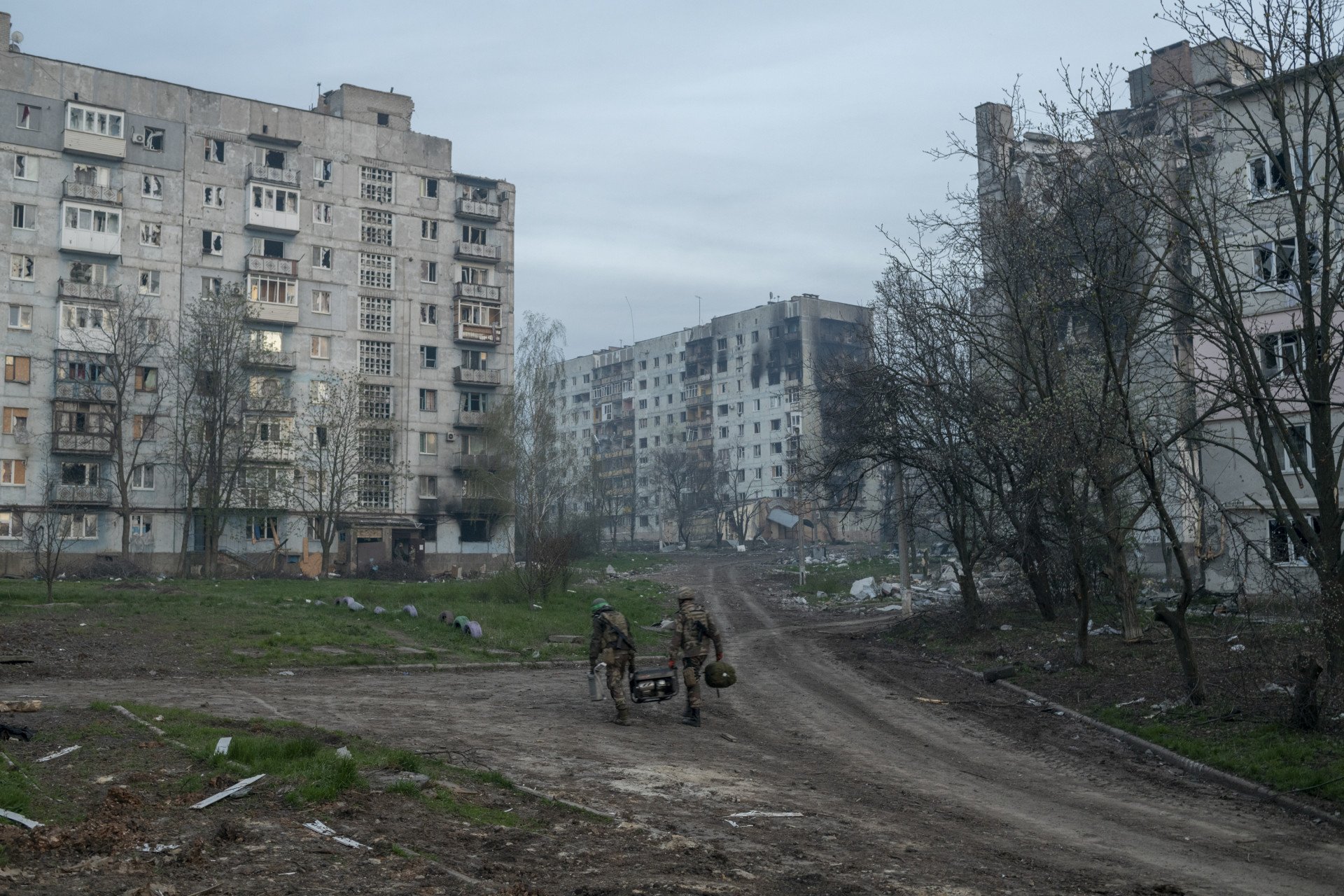
March 2023:
The battle over Bakhmut has turned into a slaughter-fest for the Russians
U.S. Chairman of the Joint Chief of Staff General Mark Milley
“They’re getting hammered in the vicinity of Bakhmut and the Ukrainians have fought very, very well.” 6,000 or so actual Wagner mercenaries and an estimated 20 or 30,000 prison recruits remain in Bakhmut reported Milley.
Ukrainian troops destroyed two critical bridges for Russian advancement in the Bakhmut area.
“Russian ground attacks had decreased from a high of up to 100 per day to below 30 per day,” Ukrainian Colonel Oleksiy Dmytrashkivskyi said.
“The task of our forces in Bakhmut is to inflict as many losses on the enemy as possible,” Volodymyr Nazarenko, Ukraine’s deputy national guard commander said. “Every meter of Ukrainian land costs hundreds of lives to the enemy.”
The Ukrainian military had blocked the Russian effort to encircle Bakhmut, urban combat inside the city continued at high intensity and Wagner continued to suffer significant losses.
Wagner calls on Ukrainian President Volodymyr Zelenskyy to withdraw Ukrainian forces from Bakhmut.
Wagner boss Yevgeniy Prigozhin says his forces have de-facto encircled the strategic city of Bakhmut. pic.twitter.com/PlFx79jLrY
— Hassan Mafi (@thatdayin1992) March 3, 2023
Zelenskyy was adamant that Ukrainians would continue to stand firm in Bakhmut. “It’s tactical for us. We understand that after Bakhmut they could go further, Kramatorsk, Slovyansk, it would be an open road for the Russians after Bakhmut to other towns in the east of Ukraine. That’s why our guys are standing there” he said.
“We understand what Russia seeks to achieve there, some victory, a small victory, even by ruining everything in Bakhmut, just killing every civilian there. They need to put their little flag on top of that. It’s not a victory for them, it’s more to mobilize their society to create this idea that they’re a powerful army.”
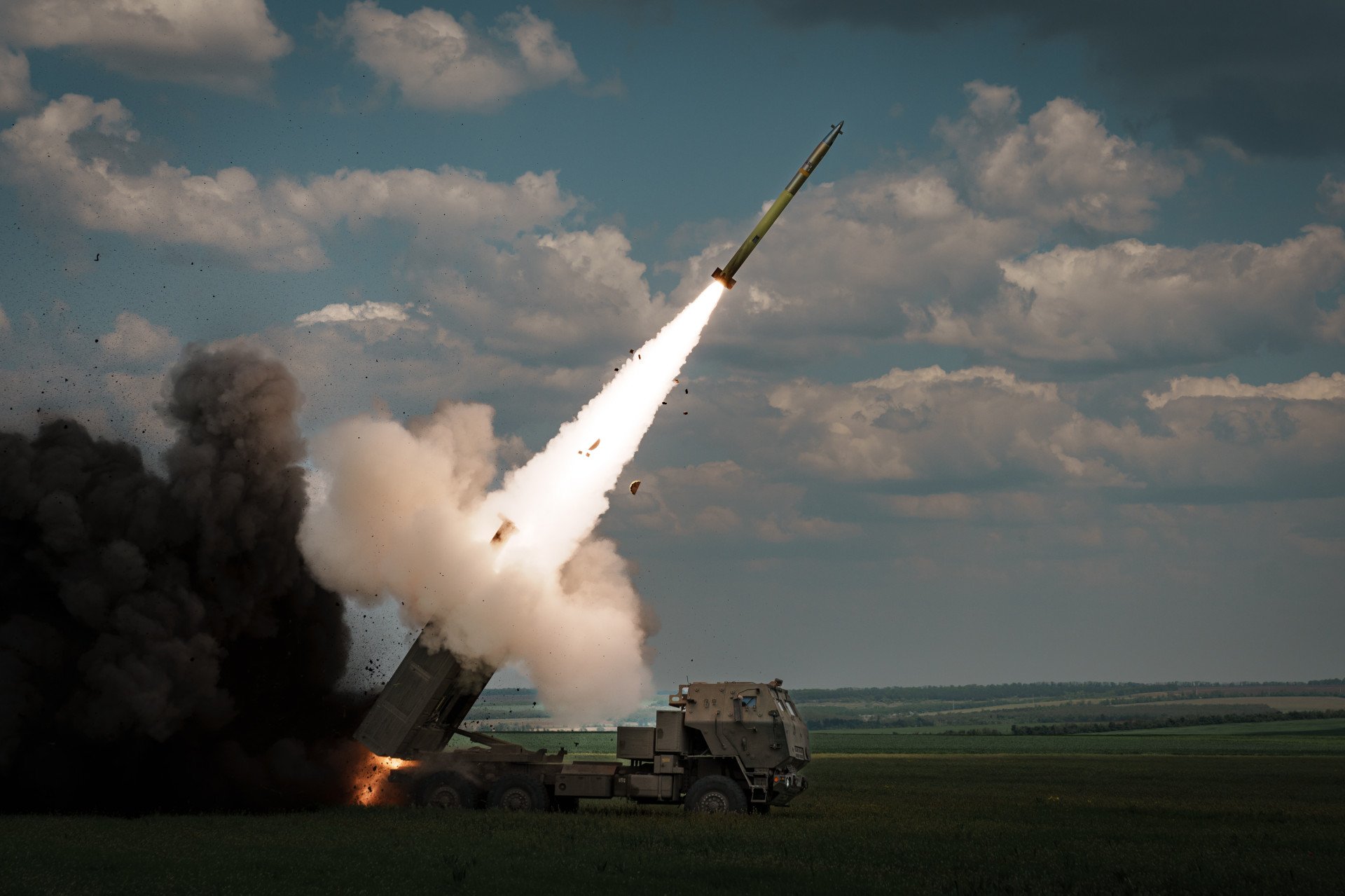
April 2023:
Prigozhin hoists a Russian flag by what he says is Bakhmut’s city hall. Ukraine rejects his claim, saying it is not clear where Prigozhin raised the flag.
Wagner forces shared a brutal photo of a Ukrainian soldier's head on a stick. An image that shocked the world. It was not clear where or when the image was actually taken.
May 6, 2023:
Prigozhin declared that he would be withdrawing Wagner mercenaries from Bakhmut on May 10th due to an acute shortage of ammunition claiming to have been ignored by Russia’s Defense Ministry.
May 10, 2023:
“In some areas of the front, the enemy could not resist the onslaught of the Ukrainian defenders and retreated to a distance of up to two kilometers,” Oleksandr Syrskyi, commander of Ukraine’s ground forces said.
May 19, 2023:
Prigozhin said that “heavy, bloody battles” are continuing and his men are close to completely capturing Bakhmut.
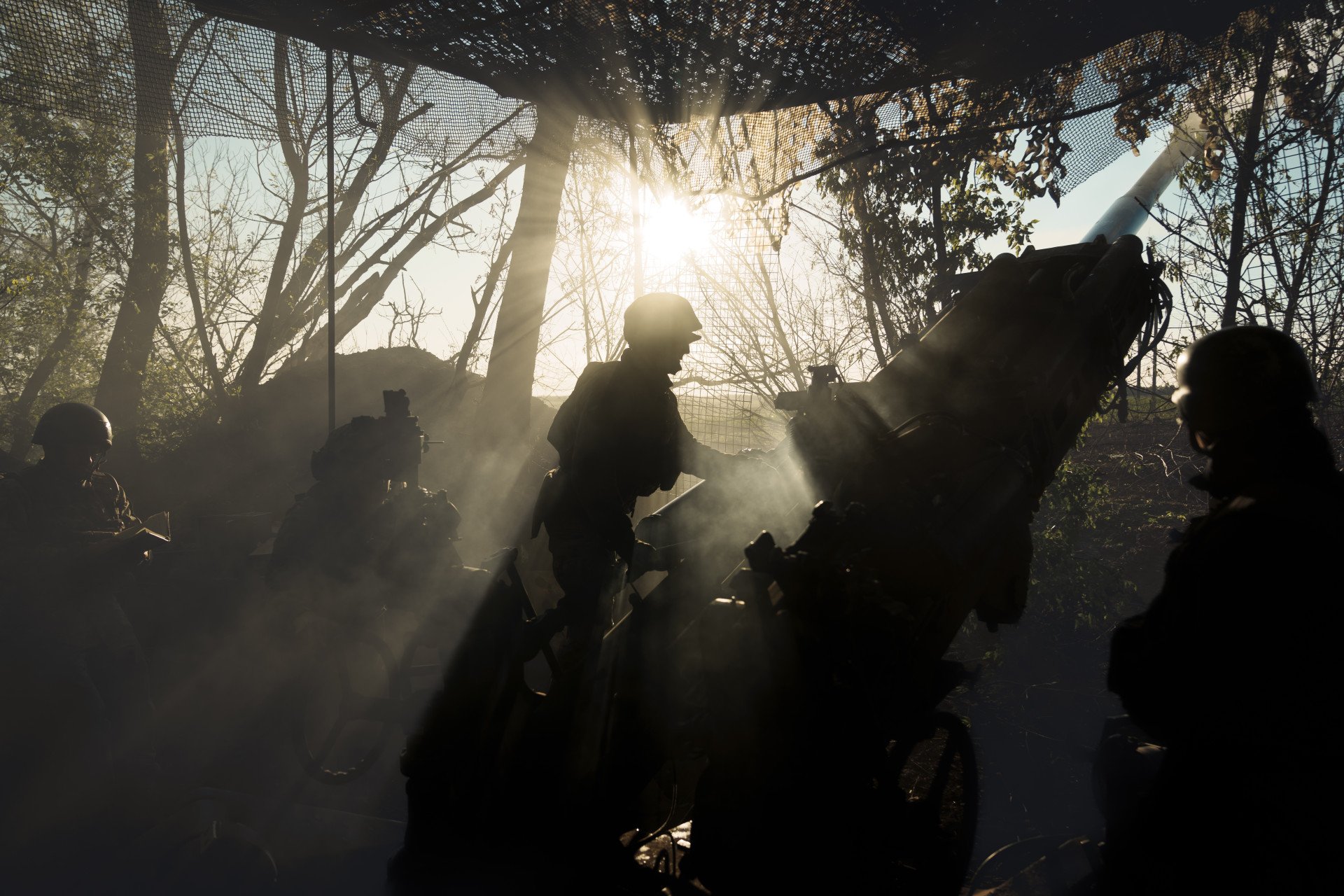
May 20, 2023:
Prigozhin says Wagner forces have completed the capture of Bakhmut. Ukraine says the situation there is critical, with its troops still defending the southwestern part of the city.
Ukrainian Deputy Defense Minister Hanna Malyar stated that Ukrainian forces continue to maintain defense, holding positions near the MiG-17 monument.
May 21, 2023:
U.S. President Joe Biden said that whether or not there were Russian troops still remaining in Bakhmut, Ukrainian forces throughout the battle of Bakhmut were able to “lock down a lot of the Russian forces including the Wagner group”. He confirmed that Russia’s forces suffered over 100,000 casualties while fighting for the city, “that’s hard to make up” he said.
You have to understand that there is nothing, they’ve destroyed everything, there are no buildings, it is a tragedy but for today, Bakhmut is only in our hearts. There is nothing here, just drones and a lot of dead Russians, but they came to us. Our defenders of Bakhmut did strong work and of course we appreciate them for their great job.
May 25, 2023:
"We are withdrawing the units from Bakhmut,” Prigozhin announced. “From today at five in the morning, May 25 until June 1, most of the units will rebase to camps in the rear. We are handing our positions to the military."
The Russian Wagner units began withdrawing all their forces from the city of Bakhmut and handing them over to the Russian army! pic.twitter.com/Pyxbo4Q4SQ
— S p r i n t e r (@SprinterFamily) May 25, 2023
June 1, 2023:
First Duma Deputy Chairman of the Committee on Commonwealth of Independent States (CIS) Affairs Konstantin Zatulin said, according to reports, that from Russia’s official goals at the beginning of the illegal invasion of Ukraine, “denazification, demilitarization, the neutrality of Ukraine, and the protection of the inhabitants of the Donetsk and Luhansk People’s Republics—none had actually been met.”
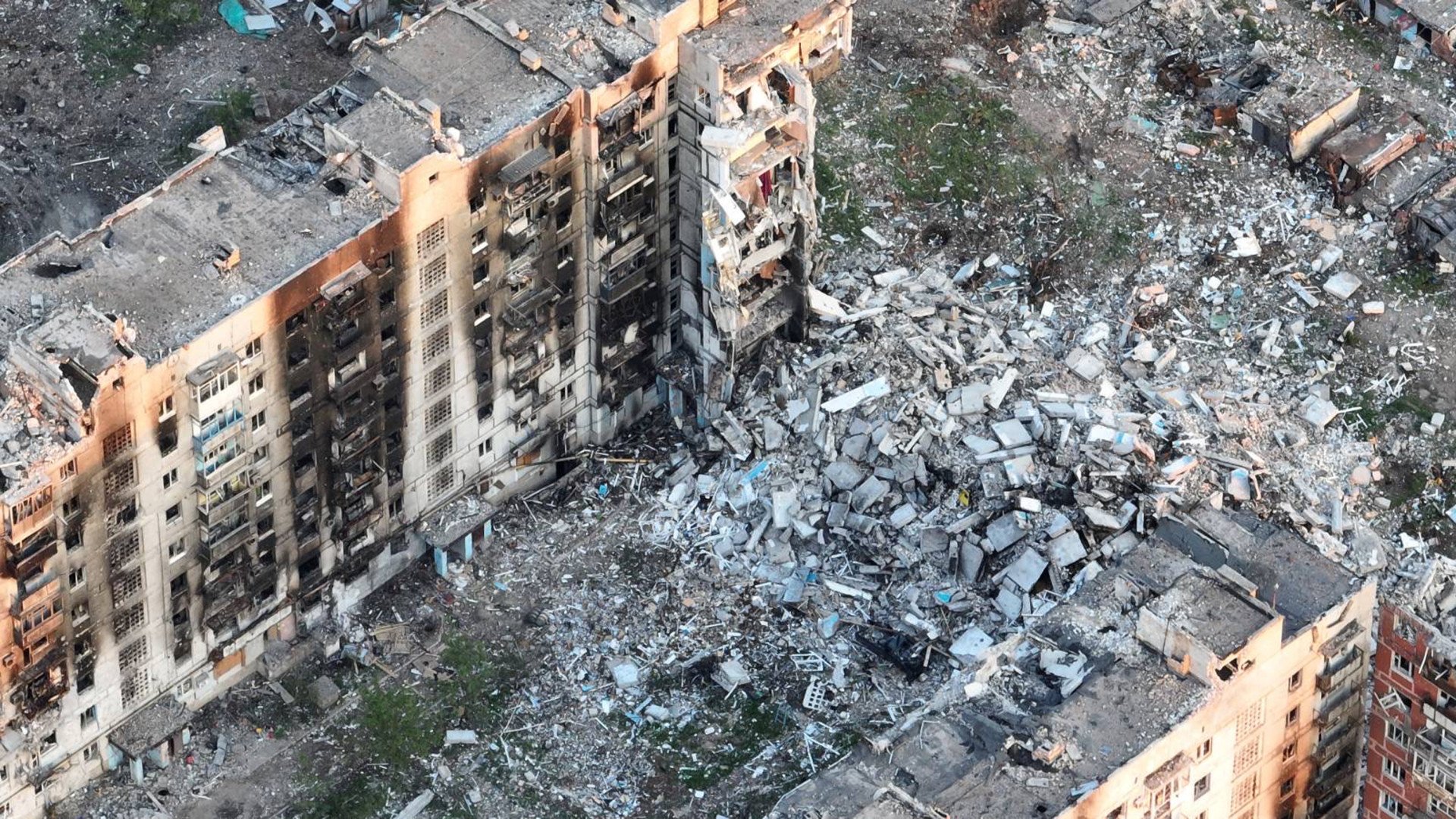
June 2, 2023:
“At present, as of June 2, almost all 99% of Wagner PMC units have left Bakhmut. All positions have been duly transferred to the Ministry of Defense” announced Prigozhin.
Russia’s flaws during “Operation Meat Grinder”
Russian military command continued to pursue Bakhmut after it lost its initial operational significance. The Kremlin's fixation on the pursuit of any potential victory culminated in extreme losses of personnel, and ammunition.
Russian airborne troops (VDV), Wagner, and lower-quality troops were committed to the fight and exhausted a huge percentage of their military men while Ukraine held the city.
Russia’s losses were far greater than Ukraine’s, Russia could have reinforced other directions with those fighting in Bakhmut ahead of Ukraine’s counter-offensive.
Russia continued to overestimate its military capabilities, and though Ukraine ultimately pulled out of Bakhmut, it exposed serious flaws in Russia’s ill-informed military objectives, and ultimately, Russia losses of an estimated 100,000.
As the war rages on, Russian forces continue their bombardment and embark on deploying the North Korean soldiers for support. Ukrainian forces still hold areas in the Bakhmut direction today.
The bloodiest and longest battle of the 21st century will always be marked in history as an example of Ukraine’s resilience against Russian aggression.
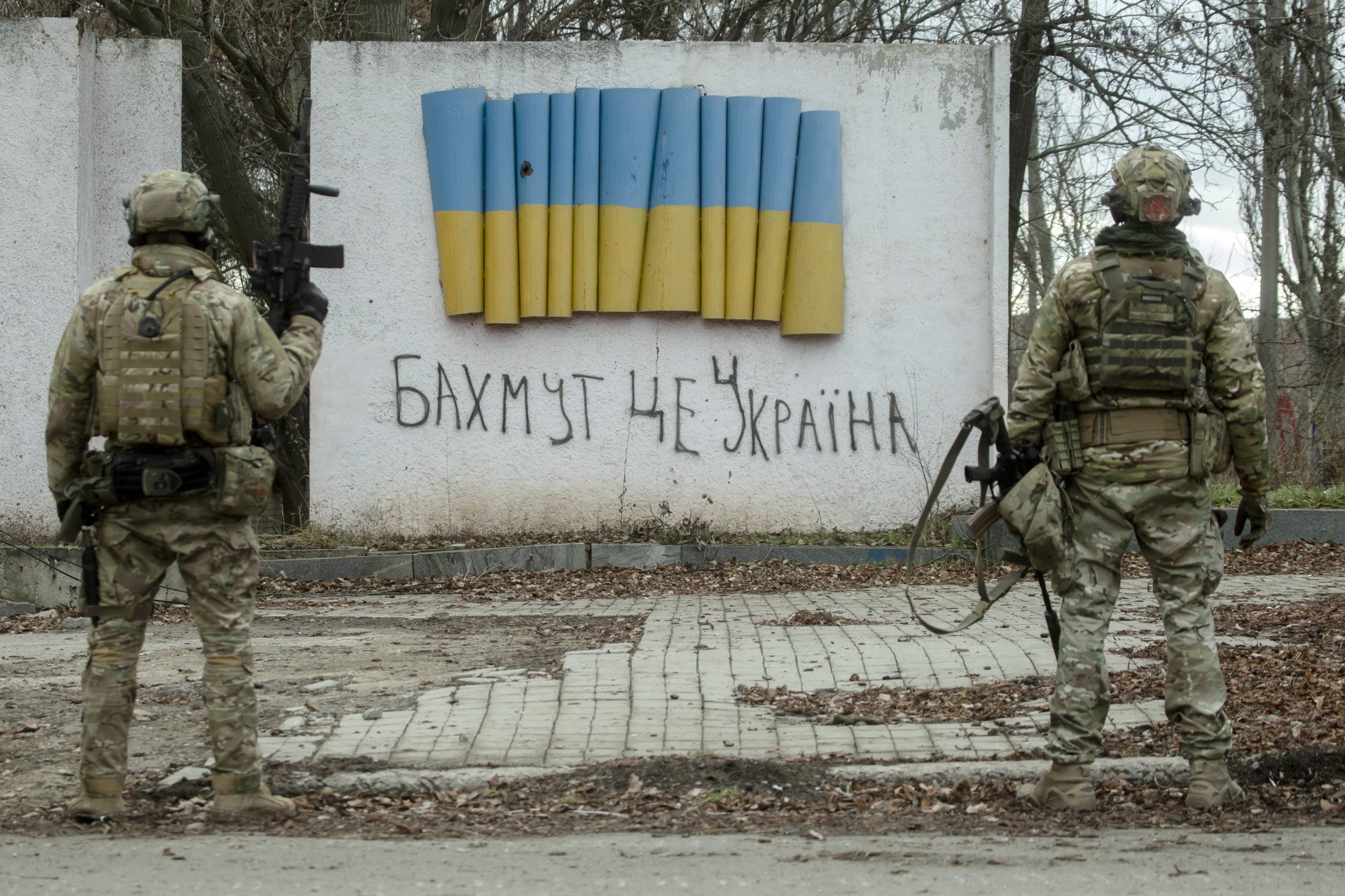
-46f6afa2f66d31ff3df8ea1a8f5524ec.jpg)
-c42261175cd1ec4a358bec039722d44f.jpg)
-6359eca46c72bde40a90abaaadd6eaa8.png)
-29a1a43aba23f9bb779a1ac8b98d2121.jpeg)


-206008aed5f329e86c52788e3e423f23.jpg)